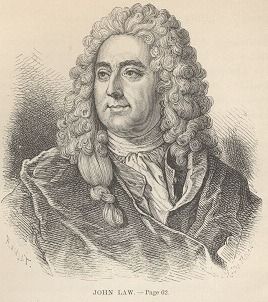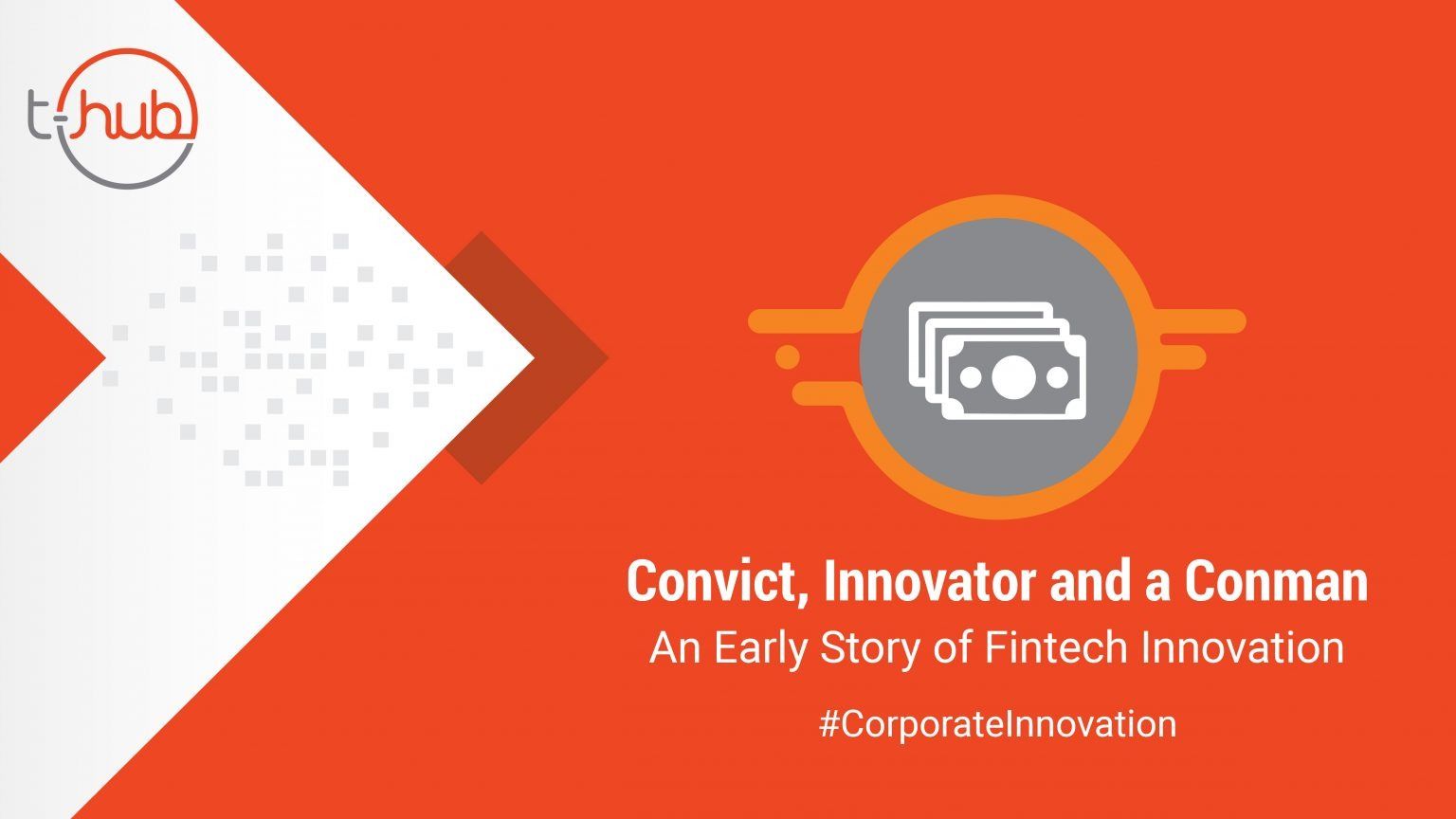An Early Story of Fintech Innovation
Let me introduce the protagonist of this article John Law, he is recognized as Scottish Economist by wikipedia, as Scottish Reformer in Britannica and founder of the first bank in France as per encyclopedia.com. There are many accolades for John Law and many historians, academicians, economists, journalists researched and wrote about his work. You might be curious, why am I connecting his work in the 17th century to fintech innovation. Fintech is all about combining finance and technology, this is exactly what John Law did by using the printing revolution of his time and money. He is considered to be the person responsible for introducing paper money as an instrument, while Europe was still using metal (especially gold & silver) for trading (It is worth noting that Chinese were using paper centuries before Law’s era ). This was as big a revolution as digital currency using blockchain technology. But how did this all happen? Why did I call him a conman and convict? To understand this better let us deep dive into his early and final years.

Convict Law
Law was born into a family of Lowland Scots bankers and goldsmiths from Fife; his father, William, had purchased Lauriston Castle, a landed estate at Cramond on the Firth of Forth and was known as Law of Lauriston. On leaving the High School of Edinburgh, Law joined the family business at the age of 14 and studied the banking business until his father died in 1688. He subsequently neglected the firm in favour of extravagant pursuits and travelled to London, where he lost large sums by gambling.
On 9 April 1694, John Law fought a duel with another British dandy, Edward “Beau” Wilson, in Bloomsbury Square, London. Wilson had challenged Law over the affections of Elizabeth Villiers. Law killed Wilson with a single pass and thrust of his sword. He was arrested, charged with murder and stood trial at the Old Bailey. He appeared before the infamously sadistic “hanging judge” Salathiel Lovell and was found guilty of murder and sentenced to death. He was initially incarcerated in Newgate Prison to await execution. His sentence was later commuted to a fine, on the grounds that the killing only amounted to manslaughter. Wilson’s brother appealed and had Law imprisoned, but he managed to escape to Amsterdam. It was not until 1717 that he was pardoned by George I, and his extensive travels during his exile enabled him to study diverse economic institutions and conditions abroad.
Mississippi Bubble
In 1715, France was essentially insolvent as a nation. Even though taxes were raised to extremely high levels, the chasm warfare left in the French treasury was too deep. France began to default on its outstanding debt and the value of its gold and silver currency whipsawed as people feared for the future of the nation. France turned to John Law to solve its problems. Law thought it was the unpredictable supply of gold and silver slowing the economy rather than a true economic problem. By switching to paper, he reasoned, more currency could be issued and trade would speed up. He created a bank that took deposits in coin but issued loans and withdrawals in paper. Law’s bank built up its reserves through a stock issue and also made a good profit by handling the government’s finance needs.
Law decided to expand by acquiring the Mississippi Company. The company held a government-backed monopoly over trading with French Louisiana. Under Law’s influence, the company’s charters grew to include tax collection and all trade outside of Europe. The stock price shot up and the amount of cash needed to buy Mississippi shares meant more money had to be printed.
Unfortunately, people wanted gold and silver when they took profits. Law capped redemption in gold and silver to avoid depleting his reserves. This removed France’s paper currency from the gold and silver standard and put it on the Mississippi Company share price standard. The amount of paper currency afloat was now many times the actual reserves of gold and silver and hyperinflation set in.
Realizing the share price was vastly overestimating the wealth of beaver hides and gold in the French colonies, Law attempted a controlled slowdown. He depreciated the currency and the shares by half, but the decision triggered a selling frenzy that drove the share price down sharply. The paper currency became worthless and Law found himself in exile all over again. Since it occurred in the same year as the South Seas bubble, the Mississippi bubble is often confused with its British counterpart. The Mississippi bubble is actually more of a currency blunder than a true speculative bubble. France later switched back to metal currency for all their business transactions.
Innovation Learning
Coming back to the present date we can observe all around us that paper currency still rules the market. Don’t you think what Law did during his era is being done now? The major difference today is all the stakeholders trust the innovative system of paper money and all of them abide by the regulations. Similarly any revolutionary innovation needs much more than just an idea. Timing, stakeholder management and trust-worthy execution are key to the process.
We at T-Hub work with various stakeholders and innovative ideas to make sure a trust-worthy execution is possible for the ecosystem. Corporates who are trying to revolutionize the market or engage startups to create a never before offering must understand different stakeholders and study the market well. Do let us know your thoughts on the article and feel free to write to us to discuss your innovative idea and make it big.
Know more about us, https://bit.ly/32VK49E.






